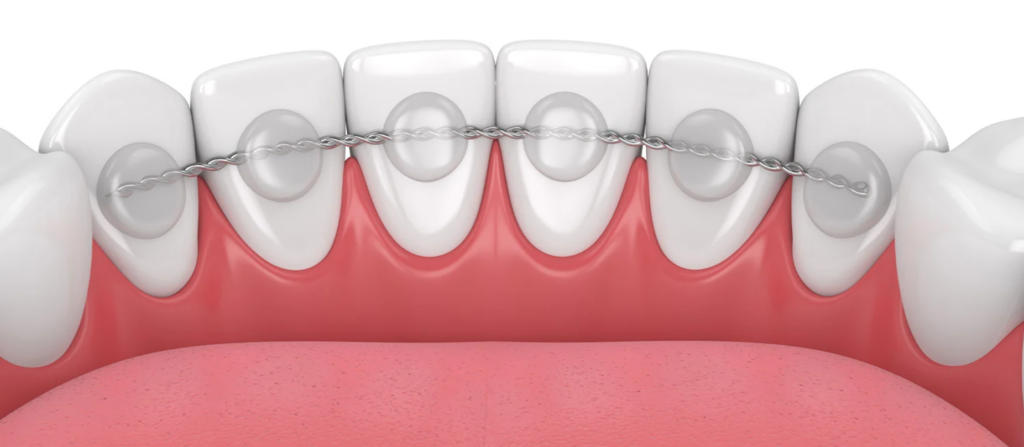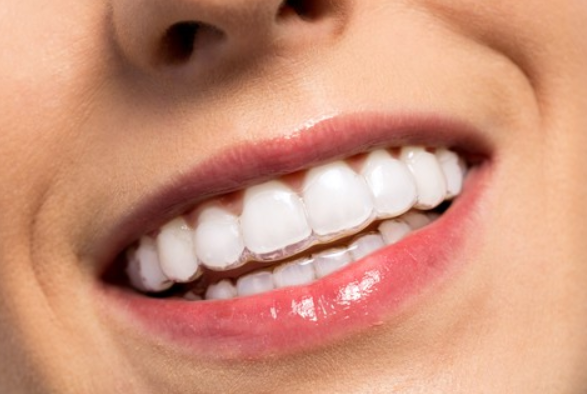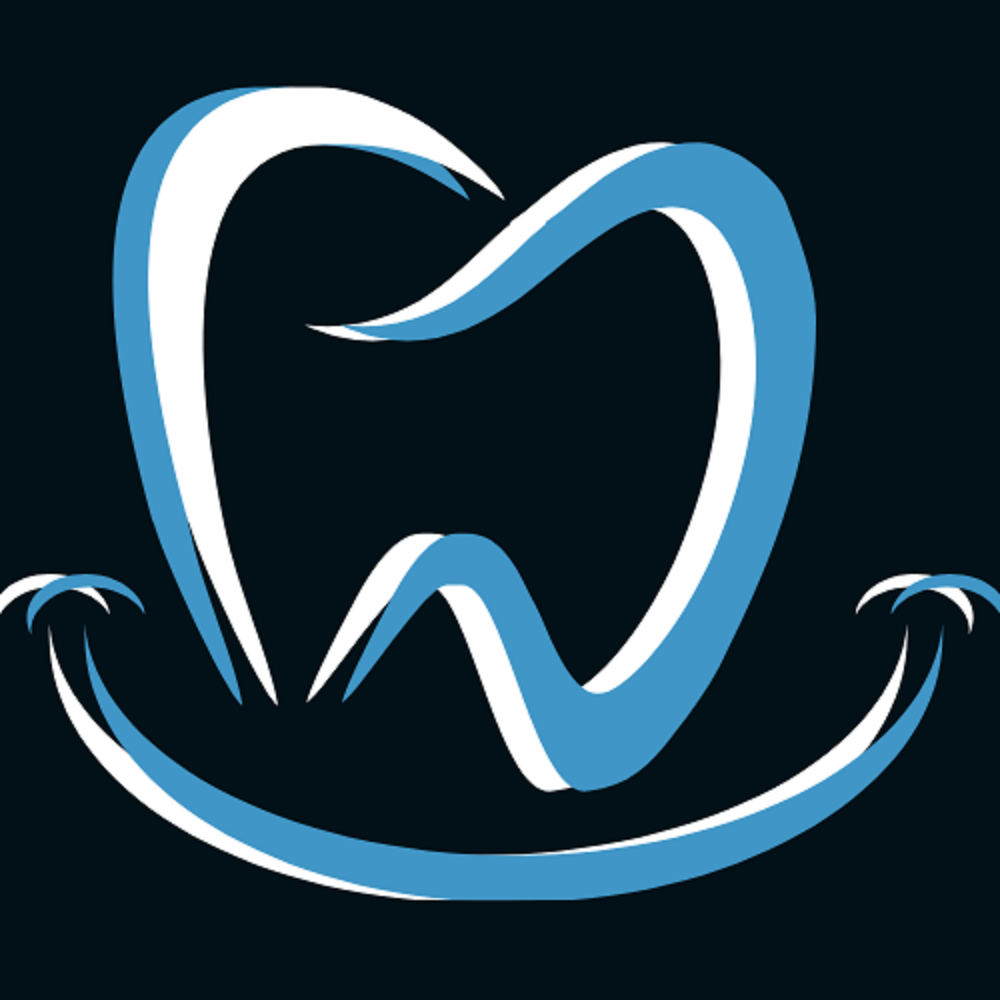“Do I absolutely need a retainer?” you may be wondering. The answer is debatable. Your orthodontist or dentist may recommend it after your braces come off. We explained the pros and cons of getting one in this article, with advice from experts who have experience with the process.
If you’ve had orthodontic treatment, you may be fitted with a permanent retainer to keep your teeth in place. This prevents issues such as gapping or crowding. Usually, orthodontists and dentists bond the retainer to the inside of the bottom teeth.
With shorter, smaller roots, lower front teeth are more likely to shift over time. If someone previously had orthodontics and did not wear retainers, it is likely that their lower front teeth have shifted.

The Benefits of a Permanent Retainer
A permanent retainer is a very useful tool for those who have trouble remembering to keep their retainers clean, as it will be on your teeth permanently. One of the best features of a bonded, permanent retainer is that it takes the pressure off the patient to comply with “doctor’s orders.” Unlike a wire-removable retainer, a permanent retainer is invisible and more comfortable to wear.
If you’re looking for a long-term solution that you don’t have to think about, then a permanent retainer could be the answer. Even if it takes some time to get used to, many individuals find that they eventually forget they have one at all.

The Disadvantages of a Permanent Retainer
There are drawbacks to permanent retainers so keep the following in mind: Retainers don’t allow your teeth to be properly cleaned, since you can’t brush or floss them during the time they’re in. Food and bacteria can get trapped in the wire and lead to more dental problems if you’re not diligent about brushing and flossing. Like any type of dental hardware, the retainer can become damaged and need to be replaced at some point.
Although they’re called “permanent retainers,” they can still break down and need to be replaced. It is more complicated than simply removing removable retainers. Sometimes, you experience the same issues as when you wear braces: poking and rubbing of soft tissue by the appliance, restrictions on hard foods, and difficulty maintaining your oral health.
If your dentist is concerned that you’re not keeping up with orthodontic care, a permanent retainer might not be enough to keep your teeth straight. There are certain concerns with permanent retainers that make them an imperfect solution for certain dental situations. For instance, they are only affixed to the front teeth, which leaves the side or back teeth vulnerable.
Furthermore, because a retainer that is only affixed to the front teeth cannot help with the alignment of teeth in the back, it may not be able to maintain orthodontia results by itself. Ultimately, a retainer with a full set of brackets can be used to maintain your orthodontic results without issue.

Who should get a permanent retainer?
In order to wear a permanent retainer, you’ll need to have an excellent dental hygiene. But one other downside is the difficulty of flossing. It can take a lot of extra time if you’re not committed to your dental hygiene. If you’re not that committed to flossing, a removable retainer may be a better option.
Brushing and flossing can be a big pain when you have a retainer. The retainer can be tricky to clean because it is secured in the mouth and sometimes requires more time and effort than brushing or flossing. One way to make this task easier is to use a water flosser, which has a jet of water that shoots out of the tip to break up plaque and food particles on teeth and braces.
Combining a permanent retainer with a removable retainer can create a more thorough and long-lasting solution for your dental health. “Permanent retainers are not a total substitute for the removable versions, as they can only be placed on the front teeth and don’t do anything to retain the side or back teeth,” Dr. Newman explains.

Is it ever necessary to have a fixed retainer removed?
A permanent retainer can be removed, despite its name suggesting otherwise. The dentist or orthodontist will use a dental drill to dissolve the bonding cement, unhook the retainer, and clean and polish the teeth.
“Dentists may consider removing permanent retainers if the patient is breaking the bonding or has a severe buildup of calculus (hardened plaque) surrounding the permanent retainer,” explains Dr. Stanley.
Of course, if the permanent retainer is causing you any discomfort, you should discuss having it relocated or removed with your dentist or orthodontist.
If you try to remove the retainer yourself, you risk damaging your teeth or gums; instead, seek expert help.
Alternatives to a permanent retainer
A detachable retainer is an option if you don’t want to wear a permanent one. These retainers are typically worn on the following schedule:
- Day and night during the first six months
- Only at night for the second six months
- Every other day for the next three months, exclusively at night
- Then for three months, two nights a week
- Then, for the rest of my life, one night a week
Removable retainers come in two varieties: wire and translucent, and both are custom-fitted to the patient’s mouth.
To keep teeth in place, wire retainers (also known as Hawley retainers) are formed of an acrylic dental arch with wires protruding out from it. They’re tough, but some people find them bulky and difficult to wear.
Transparent retainers (also called Essix retainers) are clear plastic retainers. The teeth are molded, and the clear plastic is then sculpted to match the mold.
Clear retainers are thinner than wire retainers, making them more pleasant to wear. They’re also clear, which is a big bonus for people who have to wear retainers during the day.
A transparent retainer will not last as long as a wire retainer, especially if you grind your teeth or expose it to other forms of abuse. An orthodontist will be able to advise you on the best option for your lifestyle and requirements.

